ARTICLES > NOURISH
CONVERTING RECIPES TO GLUTEN-FREE
Just because you have been diagnosed with coeliac disease does not mean you need to throw all your old recipe books away. Most recipes can easily be converted to make them gluten free. Sometimes it may be a simple direct substitution of an ingredient. Other times (more commonly with baked goods) you may need to alter the quantities of the substituted ingredient to achieve a good result. Trial and error is the key to converting recipes.
Gluten is a generic term for a protein naturally found in wheat, rye, barley and oats. This protein provides elasticity that allows baked goods to expand as they cook, giving the final product a light, springy texture. Without gluten, this texture is difficult to mimic, but can be achieved by following a few guidelines.
GENERAL TIPS:
- As a starting point for gluten free living, the pantry should be reorganised to add gluten-free substitutes for frequently used ingredients, such as pastas, wraps, pre-mixed flours, packet mixes and sauces.
- Before attempting to convert recipes to gluten free, check all the ingredients required for the recipe and identify which ones will need to be substituted. E.g. breadcrumbs used as a coating for chicken could be replaced with gluten-free breadcrumbs, polenta or gluten-free cornflakes.
- Don’t throw away failed recipes, try to find an alternative use for them, e.g. crumbly gluten-free biscuits could be crushed up and made into a cheesecake base or use a dry cake in a trifle.
- Write down any substitutions you have already tried, both those that have worked and those that have not, to save time when you next make the recipe.
BAKING TIPS:
- Baking recipes can be the trickiest to convert as flour often plays a major structural role. Substituting a single gluten-free flour for wheat-based flour is not usually successful. The pre-mixed gluten-free plain and self-raising flours available at supermarkets often work better. If you wish to make your own mix, three or more different gluten-free flours may need to be combined. If you’d prefer to use wholegrain gluten-free flours (e.g. buckwheat flour, sorghum flour, brown rice flour) rather than the commercial gluten-free mixes to get a more nutritious end-product, you may find you still need to incorporate one or more starchier flours such as gluten-free cornflour, potato starch or arrowroot starch in order to get the best baking result. Good recipes for reliable home mixes are available online.
- If the recipe doesn’t rise as much as you’d like, try adding a little extra gluten-free baking powder. Alternatively, you can use baking soda and a small amount of acid such as lemon juice or vinegar.
- Add xanthan gum or guar gum to your gluten-free flour mixture following the gum instructions (usually half to one teaspoon per one cup of gluten free flour). These gums will help to replicate the rubbery consistency usually provided by gluten. Just be sure not to use too much, otherwise your end product could turn out like a brick!
- Try baking slices with multiple layers. The different layers will allow the ingredients to bind better and have a more pleasing appearance.
- Try recipes containing oil or buttermilk, as these convert better than recipes containing butter due to better binding capacity and the acid in the buttermilk reacting with the leavening agent.
- Try baking cakes in ring-tin or heavy-duty tins. This will enable better heat distribution and more even cooking.
- If a recipe appears dry, add more protein (e.g. an extra egg) and a teaspoon of gluten-free baking powder.
- To roll out gluten-free pastry, try rolling it between two sheets of baking paper. The bottom sheet can be used to assist lifting the pastry on to a pie dish or rolling for sausage rolls.
Not all recipes will convert first time, and it may take time to perfect the gluten free version of your old favourite recipes. After practice, converting recipes will become easier and well worth your efforts.
READ THIS NEXT

7 GREAT GLUTEN-FREE BREAKFASTS
Looking for gluten-free breakfast ideas? From quick and nourishing brekkies to best-ever brunches, we have a whole week planned for you to get you inspired.
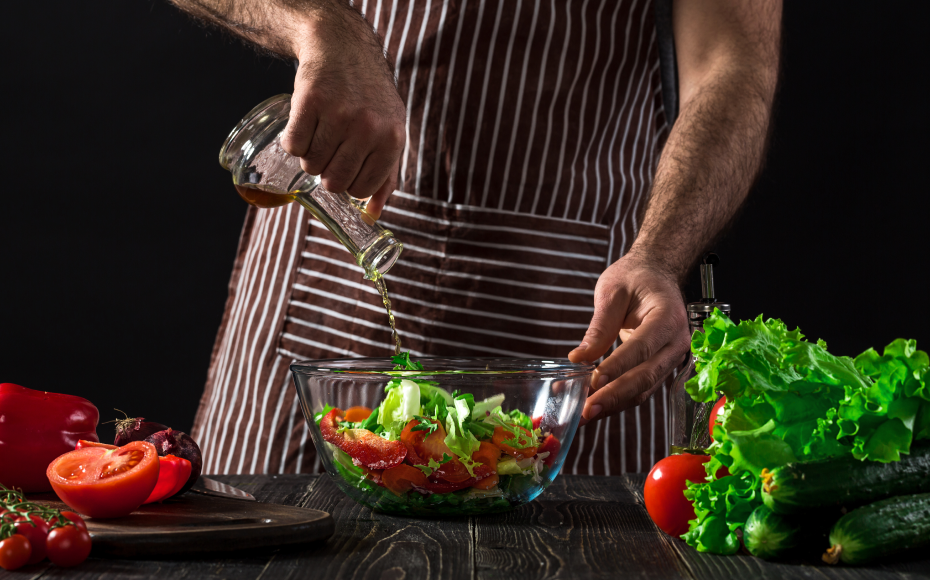
CATERING FOR SOMEONE WITH COELIAC DISEASE
Do you have a family member or friend recently diagnosed with coeliac disease? This information will help you to confidently cater for them when they visit for a meal.
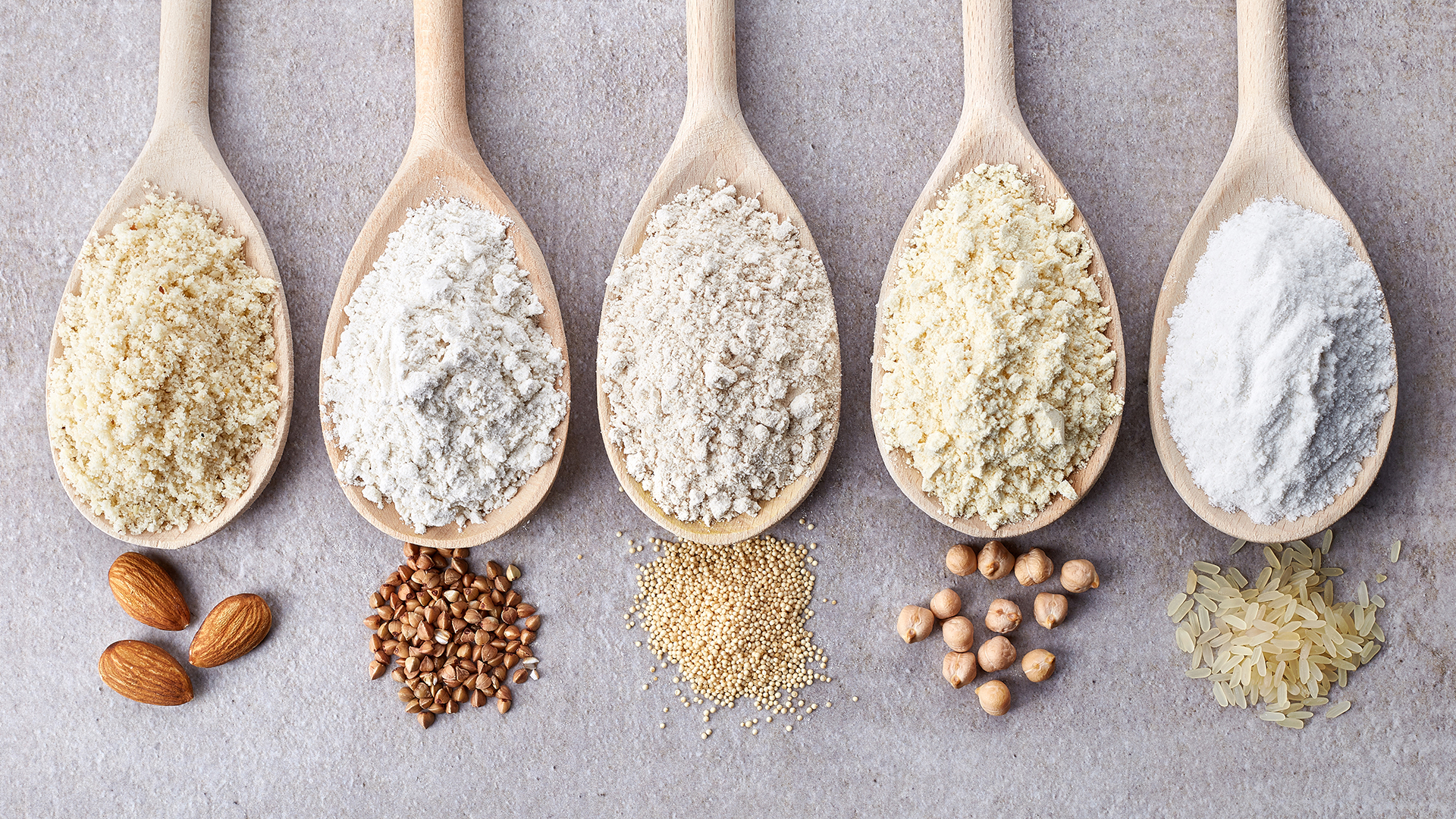
FLOUR POWER: THE GLUTEN-FREE FLOUR GUIDE
Is rice flour gluten free? Do you know your chickpea flour from your tapioca, and is a blend better? Get the answers in our guide to gluten-free flour.
See more





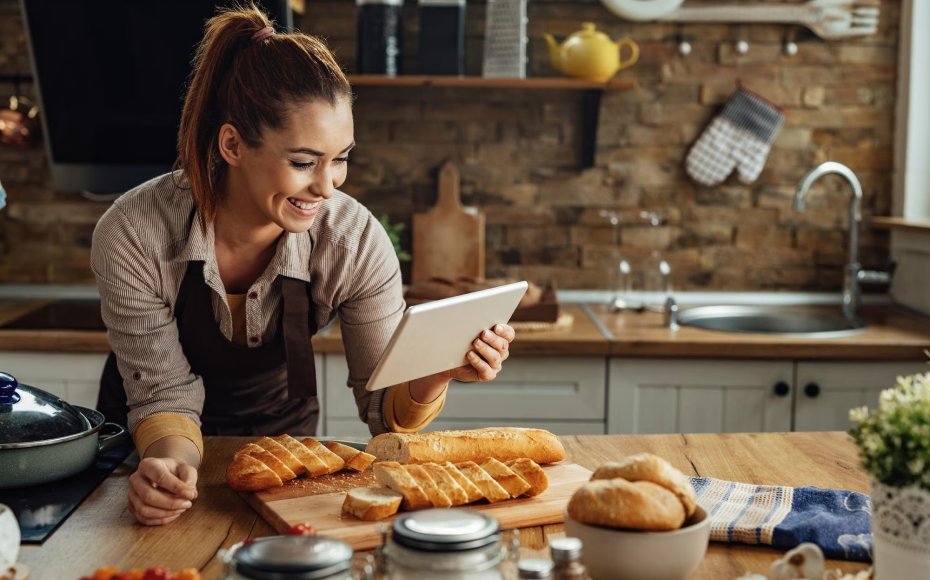
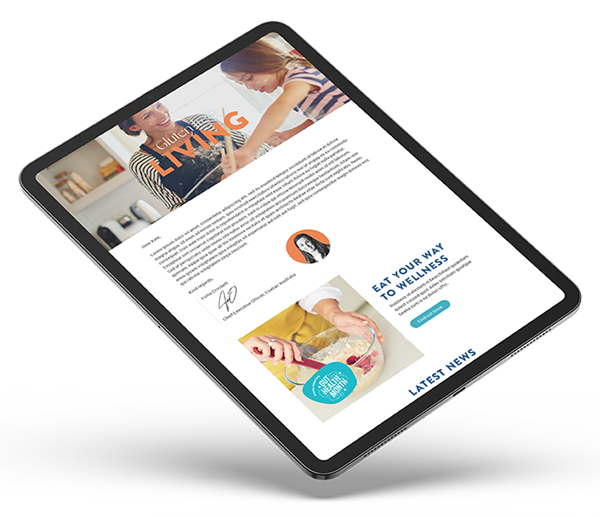
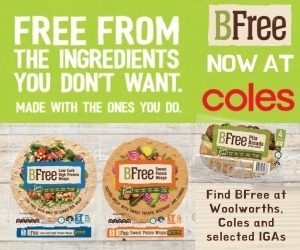

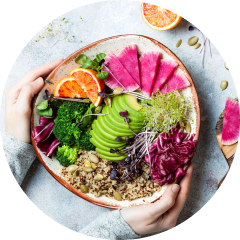





I have only been Gluten free for about 10 months, but I am using my favourite recipes and they turning out quite good. I made my Sisters 70th and 80th Birthday cakes and used Gluten free flour and they went down a treat, nobody knew they were Gluten free and 3 people asked for the recipe.